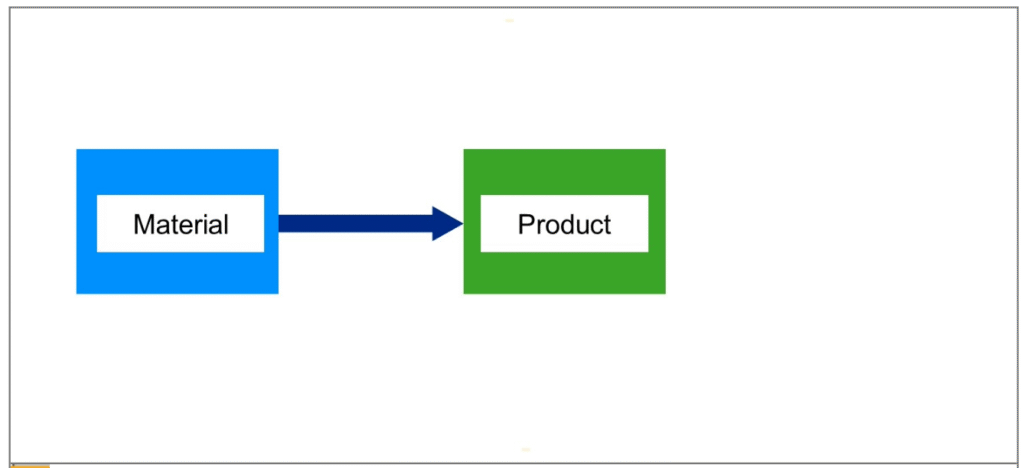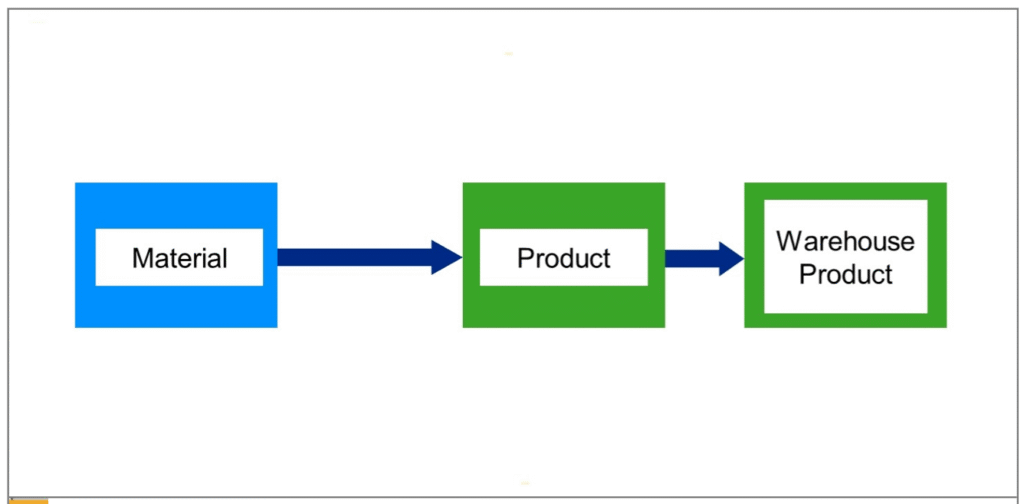Overview of Warehouse-Specific Product Data
In SAP EWM, every item you move is represented by a product master that carries global attributes (description, weight, volume, grouping codes). To govern how that product behaves in a given warehouse—its putaway logic, replenishment levels, removal rules, slotting parameters—you create a warehouse product. Unlike classic ERP WM, where you had to define warehouse views before using a material, EWM lets you work with products immediately; creating the warehouse product is optional but unlocks fine-tuned control over replenishment, slotting, storage type parameters, and more.

Key Differences vs. ERP WM
- ERP WM: Must create warehouse views before any stock moves.
- SAP EWM: You can transact with products immediately; warehouse product creation adds warehouse-specific settings (e.g. putaway indicators).
When & Why to Define a Warehouse Product
- Mandatory: If you need product-driven slotting, replenishment or removal strategies.
- Optional: For simple pick/putaway scenarios where default warehouse logic suffices.

Step-by-Step: Creating the Warehouse Product
You can create or maintain the warehouse product in several ways:
- EWM GUI Transaction
- Navigate: Extended Warehouse Management → Master Data → Product → Maintain Warehouse Product
- Supply your Warehouse No. and Party Entitled to Dispose; these two fields uniquely identify the warehouse-dependent record .
- Warehouse Management Monitor
- Mass-create or adjust multiple warehouse products in one go.
- Fiori App “Manage Product Master”
- Unified tool for embedded EWM—maintains both global and warehouse data in one screen.
- Slotting Process
- Automatically generate or update warehouse products through slotting condition records.
- Custom Extensions
- Use Business Transaction Events (BTE) or user exits (e.g. SAP Note 3081583) to auto-create warehouse products upon product creation.
What Gets Stored Where
- Global (Product) Tabs: Properties, Units of Measure, Packaging Data, Global Storage settings.
- Warehouse (Whse) Data Tab: Putaway/removal controls, replenishment priorities, picking zones.
- Slotting Tab: Parameters for dynamic slotting and rearrangement runs.
- Storage Type Tab: Replenishment parameters and storage-type-specific settings.
Evolving with SAP S/4HANA 2023
- Up to S/4HANA 2022, product-level fields like Product Group Type and Product Group were maintained in the EWM product record.
- From S/4HANA 2023 onward, these fields live in the ERP material master. In embedded EWM they flow directly; in decentralized EWM you must replicate them via DRF or IDoc (and ensure both systems share the same definitions)
Best Practices & Tips
- Unique Keys: Always specify Warehouse + Party to avoid duplicate records.
- Use Fiori: For embedded scenarios, “Manage Product Master” keeps global and warehouse views in sync.
- Mass Updates: Leverage the EWM Monitor or slotting runs to adjust many products at once.
- Govern Changes: Lock down global fields via transaction variants / screen sequences so only warehouse fields can be edited in EWM.

